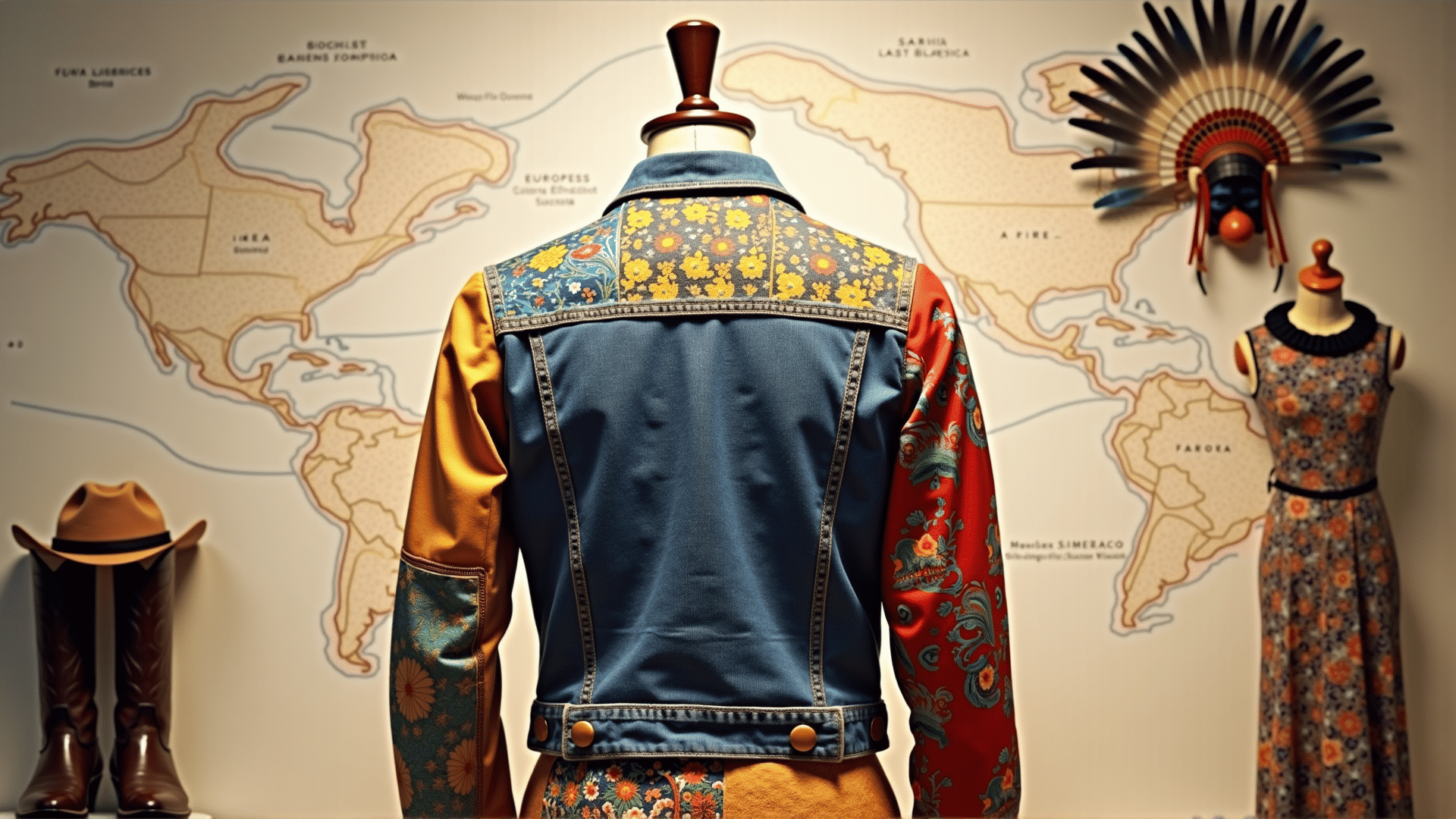American fashion is a tapestry woven from global threads, reflecting a kaleidoscope of cultures and influences. The rich diversity in fashion in the United States stems from its history of immigration and cultural exchange, allowing it to absorb styles and aesthetics from across the globe. This synthesis has fostered a dynamic and continually evolving fashion landscape.
The early 20th century saw European, particularly French and Italian, influences dominantly shape American fashion. Paris, the epicenter of fashion innovation, became the source of elegant haute couture that fascinated American designers. The European flair introduced sophisticated silhouettes, luxurious fabrics, and a focus on tailoring, which resonated deeply in the United States.
The mid-20th century brought an infusion of Eastern inspirations as American fashion enthusiasts started appreciating the minimalist aesthetics of Japan. Japanese designers, with their emphasis on simplicity, asymmetry, and natural materials, left an indelible mark on American fashion. The rise of designers such as Issey Miyake and Rei Kawakubo in the 80s and 90s further cemented this influence, presenting avant-garde designs that challenged conventional fashion norms.
Concurrent with these developments was the impact of African and Caribbean cultures. Rich prints, vibrant colors, and unique textiles introduced a new vitality to American style. The African diaspora's cultural expressions and vibrant heritage have consistently inspired American designers to explore themes of identity, history, and tradition through fashion.
In the 21st century, the digital revolution has expanded American fashion's exposure to global trends. Social media platforms have bridged gaps, allowing designers to draw inspiration from around the globe instantly. The contemporary fashion scenario sees significant contributions from South Korea and India. Korean street style, with its innovative layering and bold accessories, has captivated many young American consumers. Similarly, traditional Indian garments, rich in intricate embroidery and craftsmanship, have found their way into American fashion consciousness, celebrating cultural fusion and diversity.
In addition, the rising environmental consciousness among American designers has seen an increased interest in sustainable practices, inspired by indigenous cultures worldwide. The movement toward eco-friendly materials and ethical production methods often reflects age-old practices from various global communities, emphasizing harmony with nature and resourcefulness.
American fashion continues to be a dynamic entity, ever-evolving with its openness to diversity and change. Its vibrant tapestry, rich with global influences, mirrors the multifaceted nature of the nation itself—an intersection where beauty, tradition, and innovation converge to create something truly unique. As cultures evolve, so too will the inspirations they offer, ensuring that American fashion remains a living testament to the world's collective creativity.
